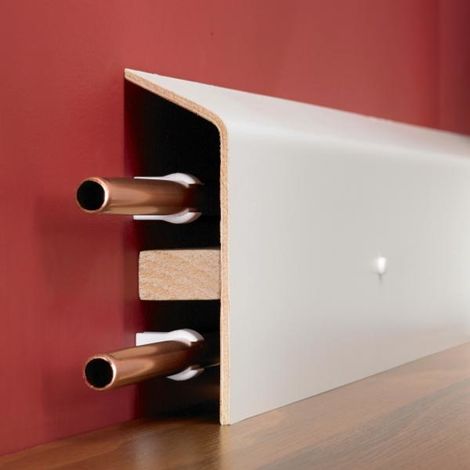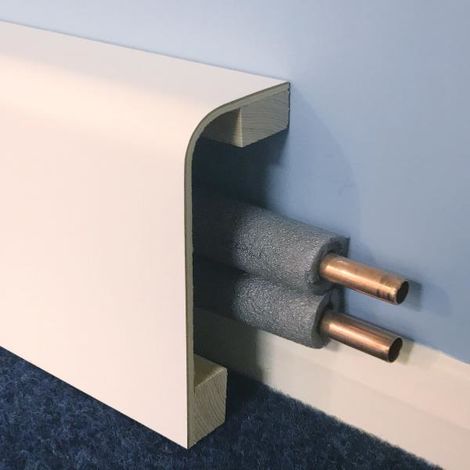We’d like to remind Forumites to please avoid political debate on the Forum.
This is to keep it a safe and useful space for MoneySaving discussions. Threads that are – or become – political in nature may be removed in line with the Forum’s rules. Thank you for your understanding.
PLEASE READ BEFORE POSTING: Hello Forumites! In order to help keep the Forum a useful, safe and friendly place for our users, discussions around non-MoneySaving matters are not permitted per the Forum rules. While we understand that mentioning house prices may sometimes be relevant to a user's specific MoneySaving situation, we ask that you please avoid veering into broad, general debates about the market, the economy and politics, as these can unfortunately lead to abusive or hateful behaviour. Threads that are found to have derailed into wider discussions may be removed. Users who repeatedly disregard this may have their Forum account banned. Please also avoid posting personally identifiable information, including links to your own online property listing which may reveal your address. Thank you for your understanding.
📨 Have you signed up to the Forum's new Email Digest yet? Get a selection of trending threads sent straight to your inbox daily, weekly or monthly!
Old house with damp and weird pipes
Help1234
Posts: 464 Forumite




Hello,
I am interested in buying an old 1910 property, however during a view the house smelled very badly of damp. There was black damp all along the front and side wall in the living room and in the bedroom above the living room. There were also no radiators in several rooms and the pipes in all rooms ran along the skirting board. I would want to fix what I think is penetrating damp and move the pipes to within the walls/under the floor. Would this be an expensive process? Could it be done to a high standard for less than £10,000 (my budget)?
I am interested in buying an old 1910 property, however during a view the house smelled very badly of damp. There was black damp all along the front and side wall in the living room and in the bedroom above the living room. There were also no radiators in several rooms and the pipes in all rooms ran along the skirting board. I would want to fix what I think is penetrating damp and move the pipes to within the walls/under the floor. Would this be an expensive process? Could it be done to a high standard for less than £10,000 (my budget)?
0
Comments
-
Chasing CH pipes into the walls is not always a good idea - If it is done on an external wall, particularly if there is damp issues, the heat will be sucked out of the pipes. You also need to use either plastic pipes or sleeve copper to prevent corrosion. You also need to give thought to how the pipes exit the walls and connect to the radiators. Finally, buried pipes need mechanical protection to prevent damage from nails or drills - A some point in the future, someone will try to hang a picture oblivious to the presence of the pipes. Perhaps look at repositioning radiators on internal walls to minimise the amount of pipes needed and cut down on joists being notched.Depending on what else needs to be done within your budget, £10K isn't going to go far. It will certainly get your radiators repositioned and extras added (assuming the boiler is up to the task). But if you are wanting to insulate walls & floors and change the windows, you will struggle especially if you are paying someone to do all the work.Any language construct that forces such insanity in this case should be abandoned without regrets. –
Erik Aronesty, 2014
Treasure the moments that you have. Savour them for as long as you can for they will never come back again.0 -
Almost certainly a poorly insulated, poorly ventilated, poorly heated house with condensation and mould forming on cold walls.
It sounds definitely like a money pit to bring it up to a decent standard. Without SEROUS work it will cost a fortune to heat and probably still be cold and damp. Is that really what you want in a time of rapidly rising fuels costs?0 -
hmm yes that's what I thought :-(0
-
...and move the pipes to within the walls/under the floor.
I once bought a property with surface mounted central heating pipes - including pipes going up, over and around door frames.
I was told it was because it was paid for by a government grant, so they had to find the absolute cheapest method of installation possible.
Does your house have suspended wooden floors (i.e. floorboards on joists)? If so, the obvious solution is to put new pipework under the floors.
Or if the ground floor is solid (concrete), have the pipework under the first floor floorboards, with pipes dropping down from the ceiling - maybe in corners, so that they can be boxed-in more easily.
Or you can get special skirting board pipe boxing - like the first 2 pictures below. But you'd probably still need a plumber to re-lay the pipes in exactly the right position.
Or you could get a carpenter to box in the existing pipes - like in the rather bad example in the 3rd picture below.


0
Confirm your email address to Create Threads and Reply

Categories
- All Categories
- 352.1K Banking & Borrowing
- 253.6K Reduce Debt & Boost Income
- 454.2K Spending & Discounts
- 245.1K Work, Benefits & Business
- 600.7K Mortgages, Homes & Bills
- 177.5K Life & Family
- 258.9K Travel & Transport
- 1.5M Hobbies & Leisure
- 16.1K Discuss & Feedback
- 37.6K Read-Only Boards



